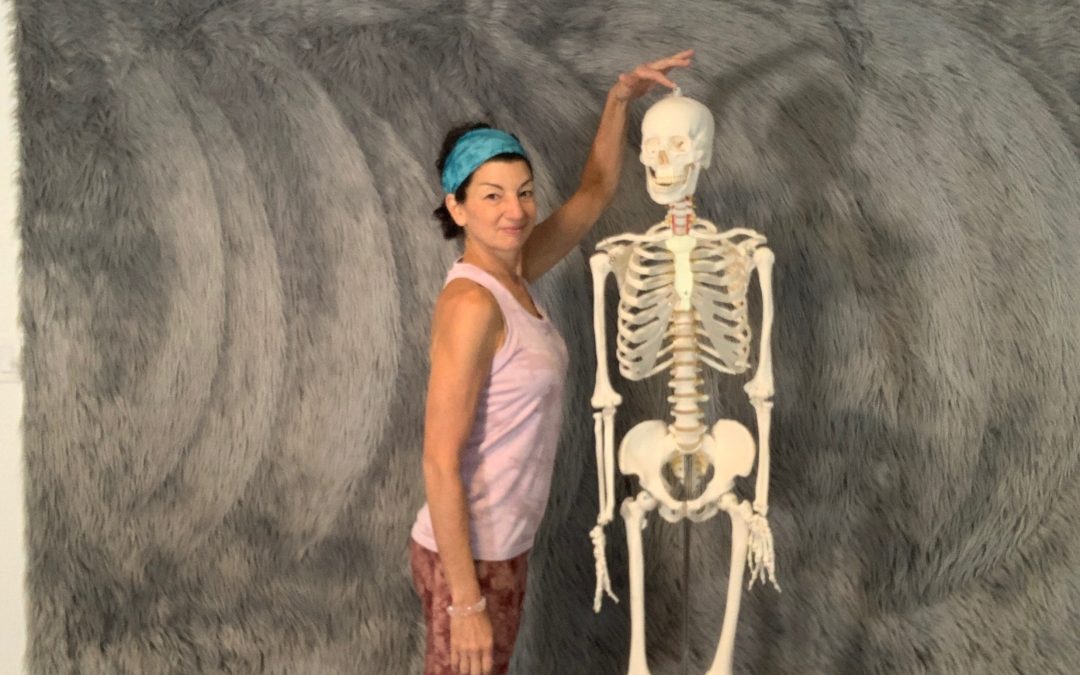Did you ever buy a book and start reading it from the middle? Of course not! Whether it’s a fiction or non-fiction book, one you’re reading for pleasure or for learning a subject, you start at the beginning.
Well, if you’re a yoga teacher, let me ask you: Where did you start your journey of learning anatomy? If you had a book, which was most likely provided to you by the studio where you took your teaching training, where did the book begin in its explanation of anatomy? I’ll bet if I asked that of 10 yoga teachers, they would give me 10 different answers. This is most likely due to the idea that each teacher training around the globe uses their own choice of books to supplement the anatomy section of their 200 hour training.
Once we get past that issue, we’re left with the idea that for many teachers, their learning journey when it comes to anatomy is really shaped by the books they used in training and how they were taught. And because of the wide variation, it means that teachers are often teaching yoga without a solid understanding of the basics.
When it comes to learning anything, people tend to skip the “basics.” Basic, fundamental principles have the connotation of being boring. People want to fast forward to the higher level concepts, especially things that they might see discussed by “experts” or things that might allow them to use words and phrases that might make them appear to have a high degree of knowledge on a particular subject.
The challenge with this approach is that for any concept in any field of learning that is complex, there’s a number of basic concepts upon which that higher level idea is based. Take cooking for example. If you want to make a pie, you first have to understand how to make pastry dough. To fast forward to making the pie without understanding how a mixture of flour and water blend together into a crust makes for a pretty unsatisfying pie.
So, as a yoga teacher, you might wonder how you even know if you’ve missed out on learning some of the basics. There’s a quick way to check yourself: For any cue that you use, especially those that involve anatomy, see if you can break it down into the WHY behind the cue. So, for instance, if you cue to “lengthen the core” in Up Dog, WHY do you say that? If you cue to “engage the back thigh” in Warrior 1, WHY do you say that? And, for cues where you warn people NOT to do something, why do you say that? On what premise is that warming based?
This is a sure-fire way to find out if you’re jumping ahead and using cues before you’ve learned the basics. Once you’ve identified the gap, first thing to do is avoid using cues where you can’t explain the rationale behind them. Stick with action cues. Then, look for ways to build your knowledge.
If you’re looking for a step by step guide to the 10 key steps for learning anatomy, you can download my PDF guide here.
From there, if you have questions, comment below!
One more thing: As the year comes to a close, I’m hosting a totally free event JUST for yoga teachers, The Virtual Teacher Meet Up. It’s on December 11, 2021 and is an all day event designed to give you a chance to relax, renew, move, meditate, learn and plan for next year. All the details are here.
Thanks for reading and feel free to leave a comment below!

